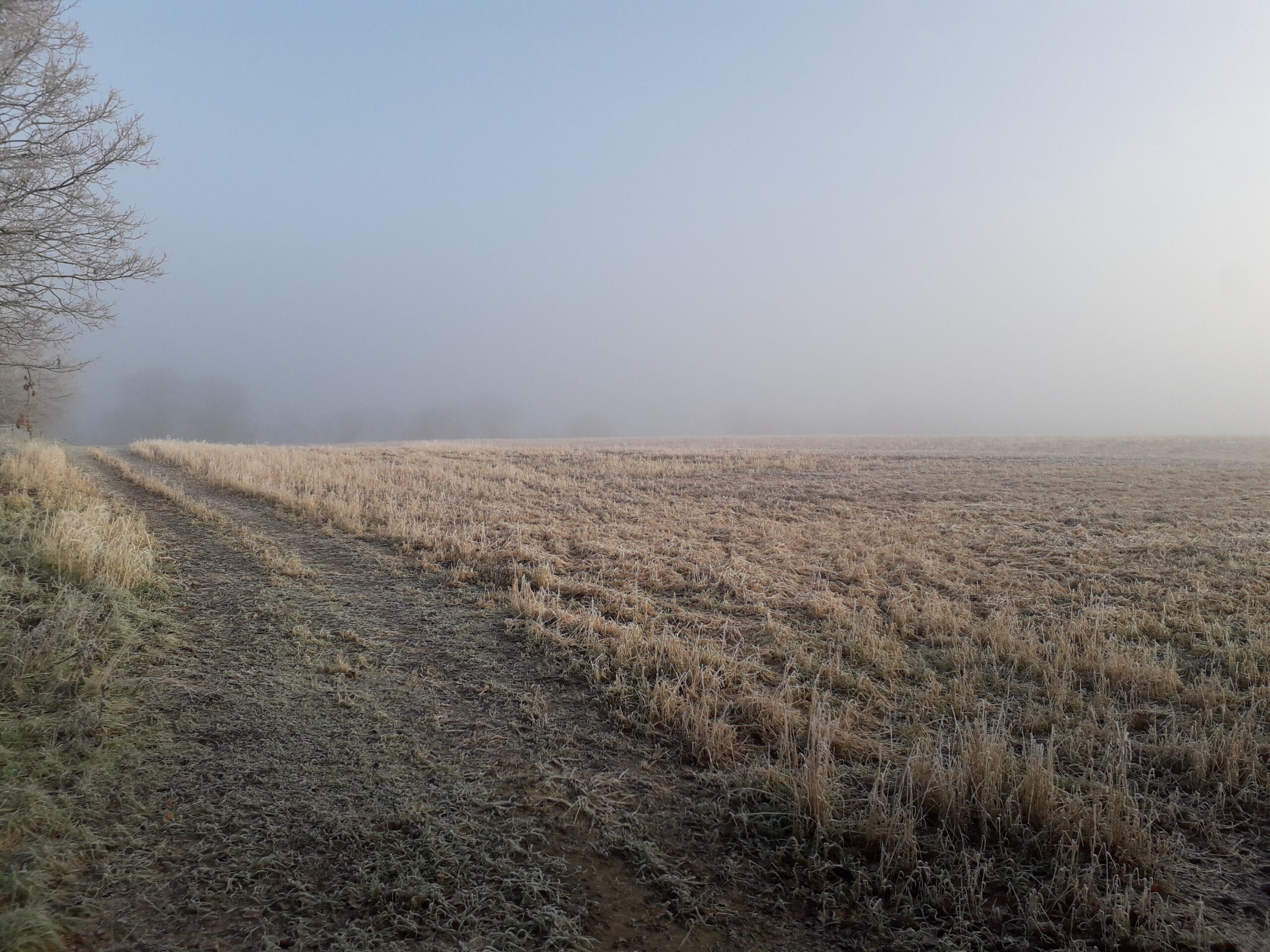Everyone will recognise the location of the photograph below as Church Plain in Loddon. It was found in Loddon Pharmacy in the 1980s when my husband, David, was the pharmacist there. It was obviously taken from an upstairs window of the pharmacy as the wall and the canopy of “Sutton” the butchers can be clearly seen in the bottom left. We thought it a very evocative photo and have had a copy hanging on our wall ever since.
I had often wondered why not all the horses had riders and many were being led by the mounted soldiers. It was not until relatively recently and some time after seeing the magnificent production of “Warhorse” in London, based upon the novel by Michael Morpurgo, that it dawned on me that this scene depicted the rounding up of horses from the local villages to be sent to France for service in The Great War.
Following the success of “Warhorse”, there has been much publicity about the role played by horses in the First World War and the horrors that befell them in addition to those suffered by the soldiers. A million horses were needed by the War Office to pull heavy guns, to carry wounded and dying soldiers and to transport ammunition and supplies and were requisitioned from farms and families throughout the British countryside and included all types of horses from valued working heavy horses to beloved riding ponies.
We have another photograph (below) displayed in our home and I can now see a profound connection between the two. This is a family photograph which I inherited and shows my great grandfather, Henry Mayes who was (as several of his antecedents were) described as a “horseman on farm” in the pre-war censuses.  In the photograph he is holding the horse he was working with on a farm in Kenton, Suffolk. Next to him is one of my great uncles, either Frederick or Robert Mayes. This man is easily identifiable from another photo which shows a group of three young men casually standing by a country gate. On the back, someone has written in pencil the stark, but poignant note “All killed in First World War”, and indeed in Kenton Church the Roll of Honour names him and his brother who were killed and two more brothers who fought and survived. Maybe the horse in the photo also played its part. We will probably never know. There can be little doubt, however, of the destination of the horses in the Church Plain photograph.
In the photograph he is holding the horse he was working with on a farm in Kenton, Suffolk. Next to him is one of my great uncles, either Frederick or Robert Mayes. This man is easily identifiable from another photo which shows a group of three young men casually standing by a country gate. On the back, someone has written in pencil the stark, but poignant note “All killed in First World War”, and indeed in Kenton Church the Roll of Honour names him and his brother who were killed and two more brothers who fought and survived. Maybe the horse in the photo also played its part. We will probably never know. There can be little doubt, however, of the destination of the horses in the Church Plain photograph.
These mementos perhaps bring us closer to the devastating effect of the First World War on quiet rural communities a century ago and the added strains there must have been of losing their horses as well as their young men.
It would be very interesting if anyone has any knowledge about the taking and using of horses in this area relating to the First World War, particularly if they relate to the Loddon photograph.
Maybe many of you have thought provoking photographs which connect us to those times, sometimes in ways we may not immediately be aware of.
Lesley Hamblin
